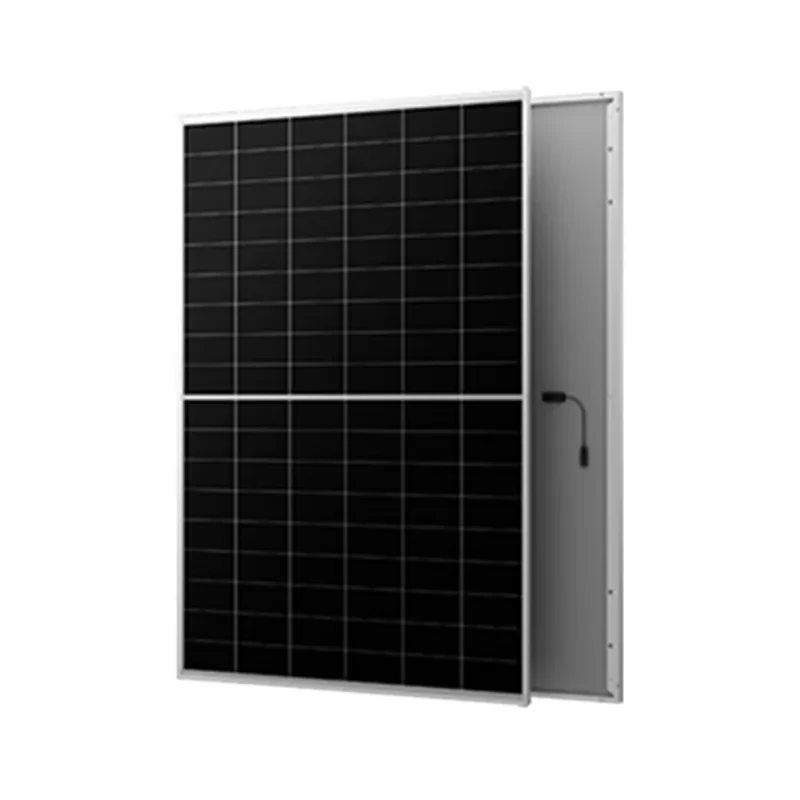theoretical maximum solar panel efficiency
Theoretical Maximum Solar Panel Efficiency Unlocking the Future of Solar Energy
Solar energy is widely heralded as one of the most promising solutions to the global energy crisis. As we strive to reduce our reliance on fossil fuels, the efficiency of solar panels has become a critical focus for researchers and engineers. Understanding the theoretical maximum efficiency of solar panels not only helps us gauge current technologies but also guides future innovations.
At the heart of solar technology lies the concept of conversion efficiency, which refers to the percentage of sunlight that a solar panel can convert into usable electricity. The theoretical maximum efficiency is derived from fundamental physical principles and is primarily dictated by the properties of sunlight and the materials used in solar cells. According to the detailed balance limit proposed by physicist William Shockley and engineer Hans Queisser in 1961, the theoretical maximum efficiency for a single-junction solar cell under standard solar irradiance conditions is approximately 33.7%. This limit arises from several factors, including photon absorption, electron-hole pair generation, and recombination processes.
The Shockley-Queisser limit is based on the fact that not all photons striking a solar cell can be converted into electrical energy. Some photons carry insufficient energy and fail to generate electron-hole pairs, while others possess excess energy, which is dissipated as heat rather than contributing to useful work. Additionally, there are losses due to electrical resistance and various other non-ideal behaviors. Consequently, while the theoretical maximum stands at 33.7% for single-junction cells, practical efficiencies have historically hovered around 15% to 22%, with ongoing breakthroughs gradually pushing these limits higher.
theoretical maximum solar panel efficiency

To surpass the Shockley-Queisser limit, researchers are exploring multi-junction solar cells, which consist of multiple semiconductor layers designed to absorb different segments of the solar spectrum. By stacking several layers with different bandgaps, these advanced cells can theoretically achieve efficiencies exceeding 40%. Recent breakthroughs in multi-junction technology have yielded prototypes that achieve around 47.1% efficiency under concentrated sunlight, promising a significant leap toward maximizing solar energy capture.
Moreover, innovations in material science are also pivotal in enhancing solar panel efficiency. Traditional silicon-based solar cells have dominated the market; however, emerging materials such as perovskite and organic solar cells are showing immense potential. Perovskite solar cells have rapidly progressed, with efficiencies soaring from below 5% to over 25% in just a decade. Their flexibility, low production costs, and compatibility with existing technologies position them as strong contenders for the future of solar energy.
While achieving the theoretical maximum efficiency remains a goal, it is essential to consider efficiency in the context of scalability and sustainability. Innovations must not only enhance conversion rates but also ensure that production methods are environmentally friendly and economically viable. The lifecycle assessment of materials and the recyclability of solar panels are now critical factors influencing the adoption of advanced technologies.
In conclusion, the quest for higher solar panel efficiency is a multifaceted challenge that spans physics, materials science, and engineering. Understanding the theoretical maximum efficiency provides a benchmark for progress, driving innovations that could dramatically alter the landscape of renewable energy. As we continue to push the boundaries of solar technology, our ability to harness the sun’s energy efficiently will play a pivotal role in shaping a sustainable future for generations to come. Thus, the exploration of theoretical limits ignites hope that one day, solar energy will emerge not only as a practical solution but as a dominant force in the global energy market.
-
Understanding the Advantages of Solar String Inverters for Your Energy SystemNewsApr.29,2025
-
Choosing the Right PV Inverter: A Comprehensive GuideNewsApr.29,2025
-
The Future of Solar Power: Exploring Bifacial Solar PanelsNewsApr.29,2025
-
The Complete Guide to Solar Panels: Efficiency, Cost, And InstallationNewsApr.29,2025
-
The Best Options for Efficiency and Cost-EffectivenessNewsApr.29,2025
-
Harnessing the Power of Off-Grid Solar Inverters for Energy IndependenceNewsApr.29,2025







